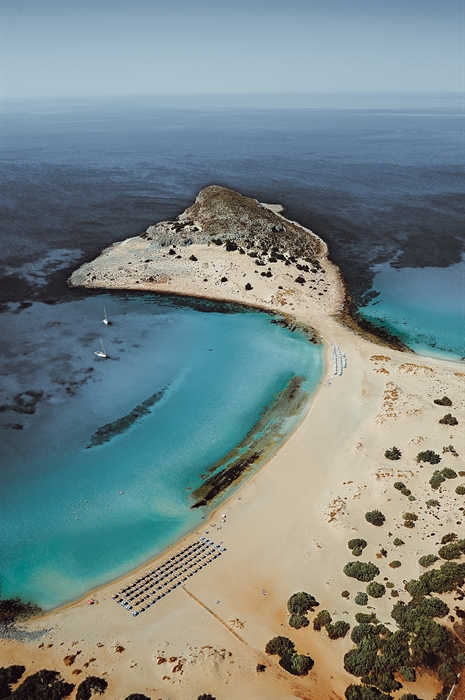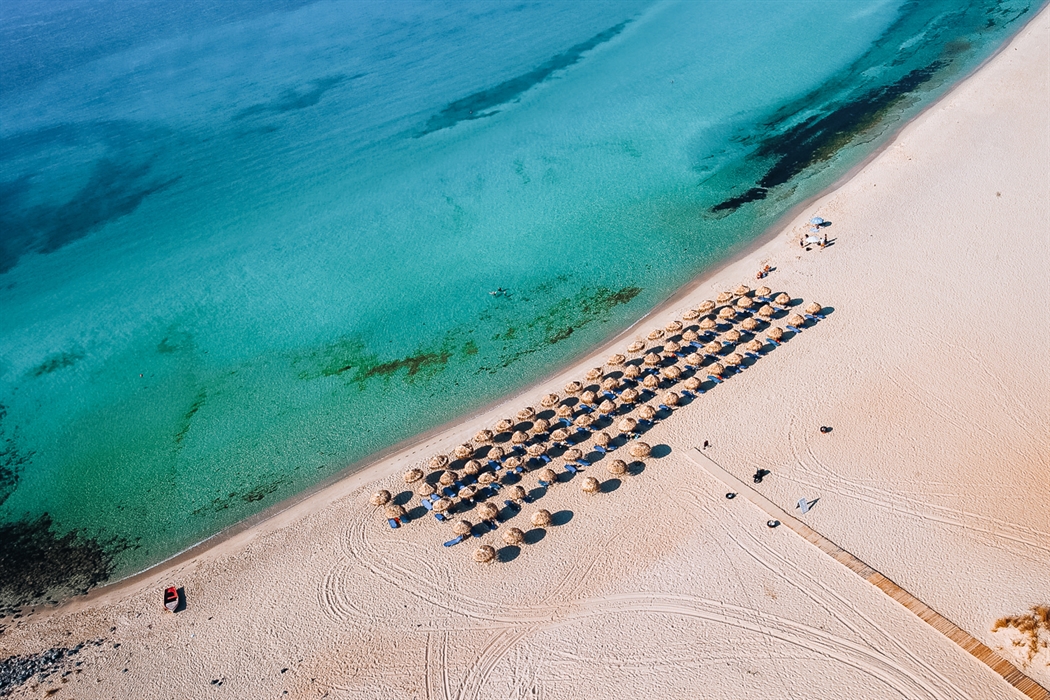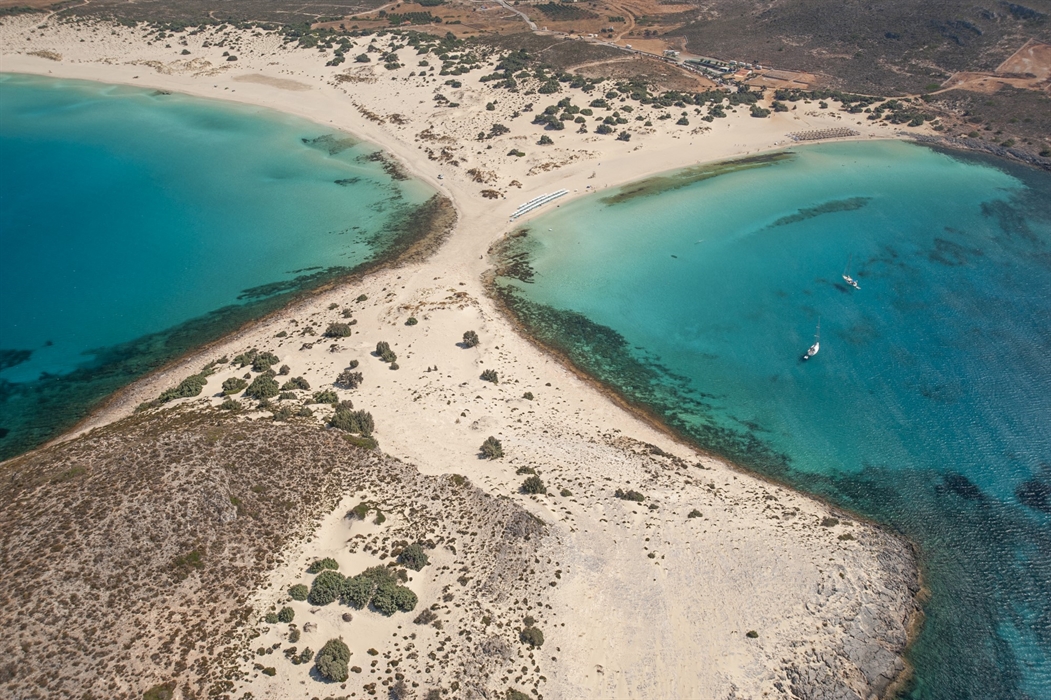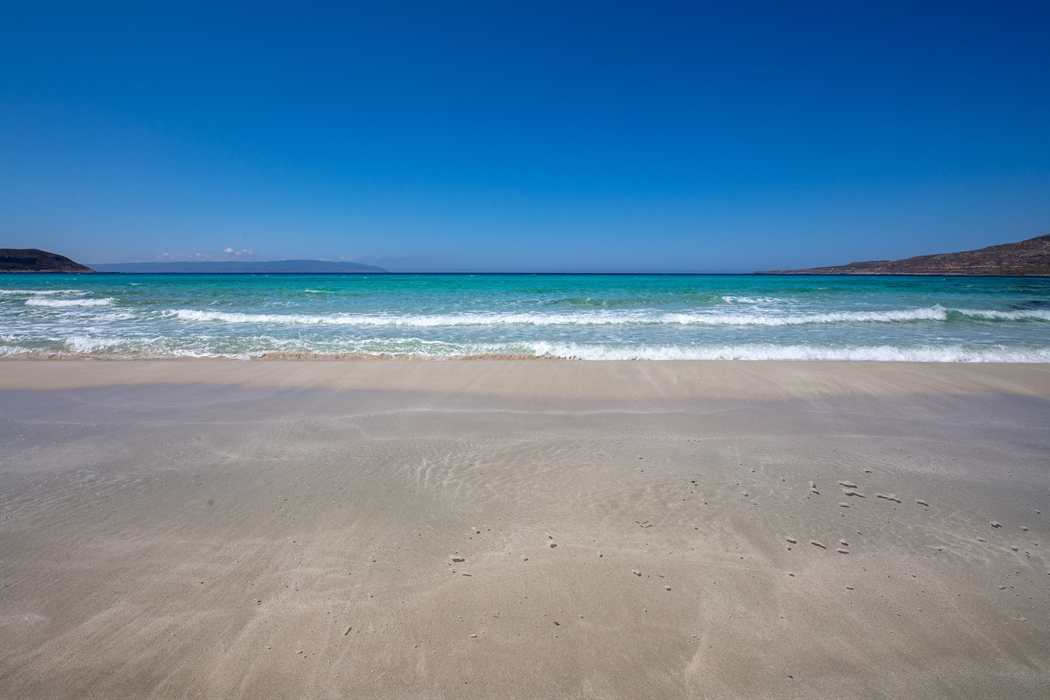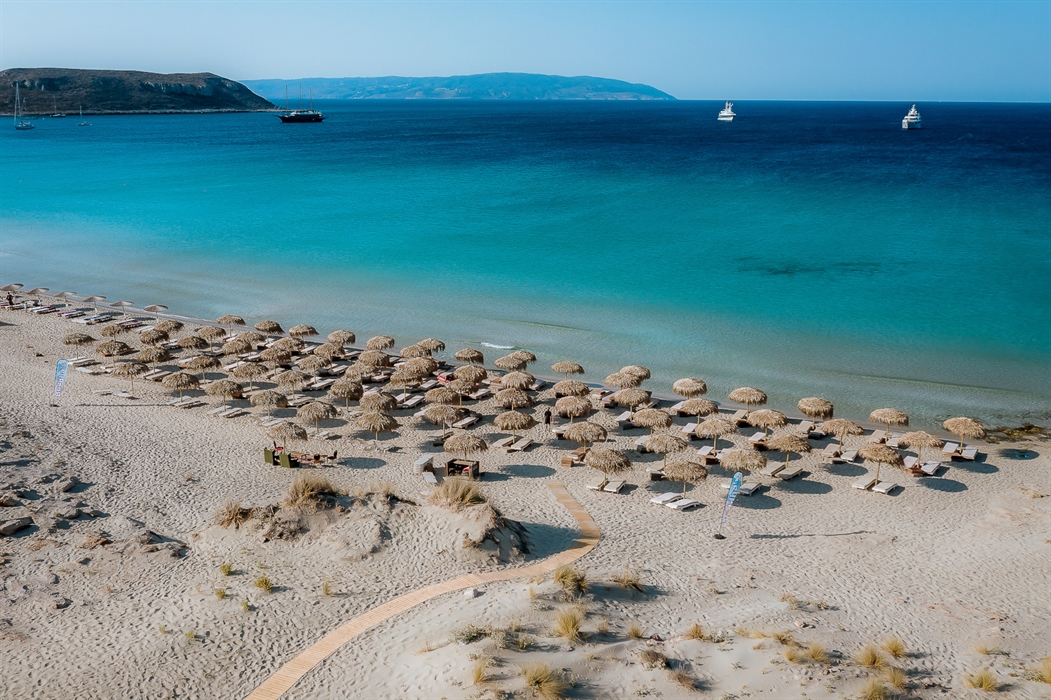The prehistoric underwater city in Pavlopetri
The sunken city in Pavlopetri dates back to 2800 BC and UNESCO recognises it as the oldest underwater one in the world. In 2016 the site was included the in the organisation’s World Monuments Watch. It is also declared an Underwater Archaeological Site since 1976. You can go snorkelling over the underwater ruins and there are even underwater signs and special routes for swimmers.
UNESCO recognises the underwater prehistoric settlement near Pavlopetri as the oldest of its kind in the world. In 2016 the site was included the in the organisation’s World Monuments Watch. The surface area of the settlement that has been recorded so far reaches approximately 45 acres.
The first reference to the submerged city between Pounda and Elafonisos was made in 1904 by the geologist and president of the Academy of Athens Fokionas Negris. Later, British scientists mapped the underwater ruins and it was only in 2009 that systematic underwater archaeological research was started by the Ephorate of Underwater Antiquities in collaboration with the British School of Athens and the participation of the Hellenic Centre for Marine Research in the geological investigations.
According to the data available so far, this is a very important submerged settlement that covers chronologically all three periods of the Bronze Age. It is likely to have flourished in the Early and Middle Ages.
The remains of the submerged city, dating back to at least 2800 BC, include building foundations, courtyards, streets and various types of tombs dating back to the Mycenaean period. Of particular interest is a large 35 m long building discovered in recent investigations, which is considered to be some kind of 'mansion'.
Excavations have found pithoi, intact or broken, and fragments of pottery dating from prehistoric to early historic times.
Snorkelling in the underwater city is a unique experience! Under the guidance of the Ephorate of Maritime Antiquities, the Region of Peloponnese has made small-scale interventions aimed at highlighting the sunken city as a place for mild tourist development. Underwater signs have been installed, and underwater routes have been created for swimmers.
Location
Find the destination on the interactive map below.
Weather
Σχετικό περιεχόμενο χρηστών (UGC)
Ενημερωθείτε για ενδιαφέροντα θέματα γύρω από τον προορισμό μέσα από το περιεχόμενο των χρηστών μας
Discover 7 hidden gems of the Peloponnese
Many of you may have already visited some of the most renowned attractions…
TOP 10 archaeological museums in the Peloponnese
Olympia, Mycenae, Epidaurus, Diros Cave, Ancient Corinth, Messene and…
TOP 10 Castles in the Peloponnese
Castles galore! Mystras, Monemvasia, Palamidi, Methoni, Koroni,…
Newsletters
- About us
- FAQ's
- Map
- Tourism information centers
- Disclaimer
- Sitemap
- Our brand
- Media roum
- Adding your bussiness
- Corporate
- MICE

Peloponnese. Greece beyond the obvious





Design and creation from Cosmote
Marinas and Moorings
Diving centers
Get inspired
- Media gallery
- Blog
- The Peloponnese in the media
- Your feedback
- Users' general content
- Users' local products
- Users' events content
- Ask a local
More
- Accommodation
- Travel agencies
- Restaurants
- Services
- Destinations Map
- Weather
- Public transport
- Events
- Frequently asked questions
- Useful phones
- B2B
- Destination Data
- Contact


